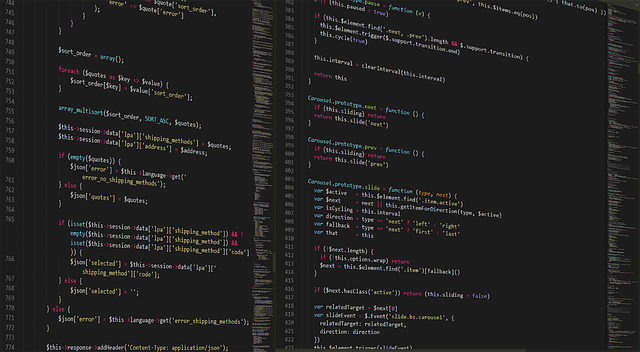Unlocking the Power of Code Auditing: A Developer’s Guide
In the ever-evolving landscape of software development, ensuring the quality, security, and maintainability of your code is paramount. This is where code auditing comes into play. If you’ve ever felt the frustration of debugging a messy piece of code or the anxiety of vulnerabilities lurking in your application, you understand the importance of this critical practice. Code auditing not only helps in identifying potential issues but also fosters a deeper understanding of your codebase.
What is Code Auditing?
Code auditing is the systematic examination of source code with the aim of identifying mistakes, security vulnerabilities, and areas for improvement. This process can be done manually or with automated tools, and it serves as an essential checklist ensuring your software runs smoothly and securely. It’s like a routine check-up but for your code; one that can prevent serious complications down the road.
The Importance of Code Auditing
As developers, we pride ourselves on our craft. However, human error is an inescapable part of any creative process. Code auditing acts as a safety net, catching errors early on before they escalate into larger issues. It promotes best practices and encourages adherence to coding standards, ultimately leading to cleaner, more efficient code.
Key Benefits
- Improved Code Quality: Regular audits ensure that your code meets the desired standards, reducing the likelihood of bugs and technical debt.
- Enhanced Security: Identifying vulnerabilities during audits allows developers to address weaknesses and protect applications against potential attacks.
- Better Collaboration: A well-audited code base is easier for teams to understand, making onboarding new developers more seamless.
- Maintaining Best Practices: Code audits help reinforce coding standards and best practices, fostering a culture of quality within your development team.
How to Conduct a Code Audit
Embarking on a code audit may seem daunting, but breaking it down into smaller steps can simplify the process:
- Establish Objectives: Determine what you want to achieve from the audit. Are you focusing on security, performance, or maintainability?
- Use Automated Tools: Leverage tools like SonarQube or ESLint to help identify common errors and vulnerabilities.
- Review Manually: Go through the codebase line by line, paying close attention to complex logic, code duplication, and adherence to coding standards.
- Document Findings: Keep a record of any issues uncovered during the audit, along with suggested solutions.
- Implement Changes: Work on addressing the issues identified, implementing best practices and refactoring when necessary.
Creating a Culture of Continuous Auditing
For many teams, code auditing can seem like a one-off task, but to unlock its true power, it should become part of the development lifecycle. By fostering a culture of continuous auditing, developers remain vigilant against potential pitfalls, ensuring high standards are consistently met across the project. Encourage regular peer code reviews and incorporate auditing tools in your CI/CD pipeline to make code auditing a seamless part of your workflow.
Final Thoughts
As developers, our goal is to create high-quality software that is both functional and reliable. Embracing code auditing not only enhances our code quality but also builds a solid foundation for collaboration, security, and long-term maintainability. By making code audits an integral part of your development process, you pave the way for improved outcomes, fostering a sense of pride in the work you deliver.




